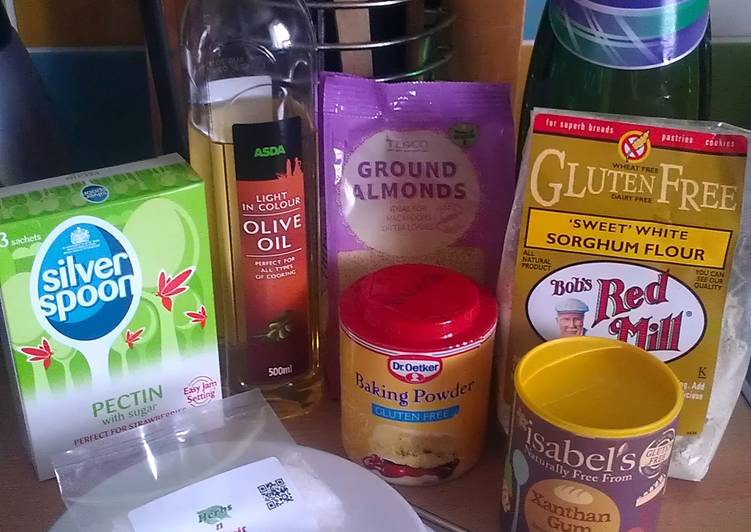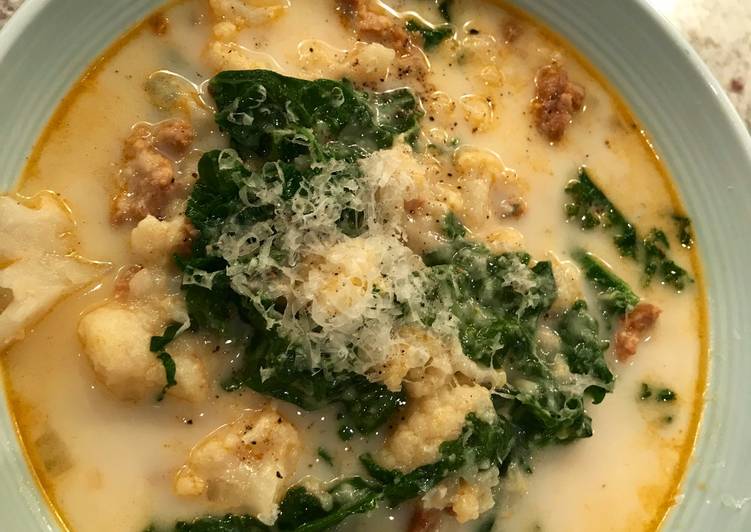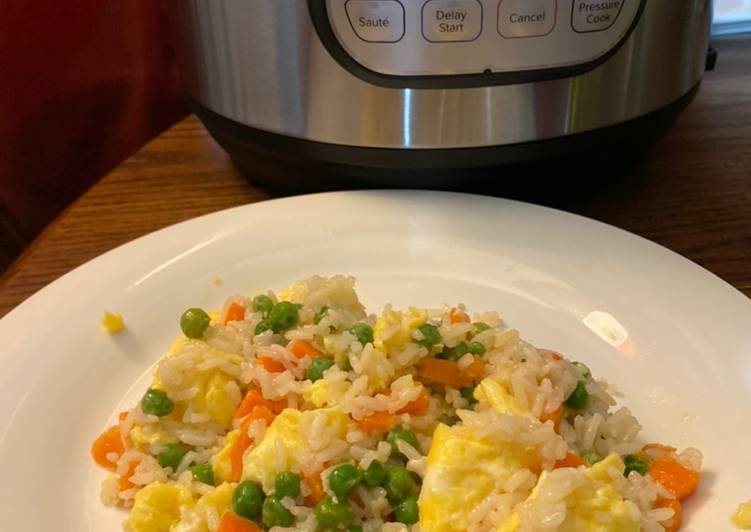
Hey everyone, hope you are having an amazing day today. Today, we’re going to make a distinctive dish, vickys gluten-free baking tips!. One of my favorites food recipes. This time, I will make it a bit unique. This is gonna smell and look delicious.
With gluten-free cooking and baking, it helps to know what gluten does before you try to work without it. Gluten makes dough "doughy." As soon as glutenin and gliadin are surrounded by water, the gluten molecules develop and begin to form strong, sticky. If you have a gluten intolerance, wheat allergy, coeliac disease or you're gluten-free by choice, it's likely you already know that Gluten-free flour is now available in most large supermarkets.
Vickys Gluten-Free Baking Tips! is one of the most popular of current trending meals in the world. It is simple, it is quick, it tastes yummy. It’s appreciated by millions every day. They’re fine and they look wonderful. Vickys Gluten-Free Baking Tips! is something which I have loved my entire life.
To get started with this particular recipe, we must first prepare a few ingredients. You can cook vickys gluten-free baking tips! using 1 ingredients and 14 steps. Here is how you can achieve that.
The ingredients needed to make Vickys Gluten-Free Baking Tips!:
- Make ready 1 Some tips for achieving great results in gluten-free homebakes
When I teach gluten-free baking classes, there's always be one brave participant who admits that they miss Oreos or. Here's some gluten-free baking tips to get you started off strong. Gluten-free baking can be a challenge, but with a little bit of knowledge, it can be a lot less intimidating. Following are some of the most helpful gluten-free baking tips that I have found that can.
Instructions to make Vickys Gluten-Free Baking Tips!:
- Make sure your ingredients are at room temperature before you start. Gluten-free flours are normally stored in the fridge to keep their nutrients for longer. By bringing your flours, milk & eggs to room temp, it gives your leaveners such as yeast, baking powder etc a greater ability to do their job
- Use high-protein flours in your blend. Rice flour contains little protein which gluten-free cakes & breads need for structure. Use a larger portion of flours such as sorghum, teff, millet, amaranth and oat flour to boost the protein content of your bakes
- Measure correctly. Invest in a set of digital kitchen scales as gluten-free flours don't weigh the same as wheat flours do, especially when you're using them in a blend. You can't substitute them all cup for cup. For extra help, see my tips on converting gluten-free flours from cups to grams listed in my profile
- Xanthan gum is a wonder ingredient, especially in gluten free baking. It replaces the gluten and binds the ingredients together. Without it everything you bake will to too crumbly to slice. Add 2 tsp per 500g flour for breads, 1/8 tsp per 100g flour in pastry and a 1/4 tsp per 200g flour in cakes or as the recipes direct
- Add 1/8 tsp powdered vitamin C / asorbic acid to your dry ingredients when making bread. Vitamin C is a natural preservative which helps extend the shelf life
- Eggs are great natural leaveners and are a helpful ingredient in gluten-free baking. Vegans and those with egg allergies can struggle with gluten-free bakes but fear not, there is a solution. Just use extra liquid and baking powder. See my best gluten-free egg replacer recipe on my profile and use 1 & 1/2 tsp of it mixed with 3 tbsp water to replace 1 egg
- Use carbonated/sparkling water in place of normal tap water. The bubbles give extra lift and lighten your bakes. Check my gluten-free pancake recipe for an example
- Use pure olive oil instead of other oils. It adds moisture, extends shelf life and gives great flavour to gluten-free foccacia, walnut breads and cakes
- Adding a tsp of fruit pectin also keeps your bakes nice and moist
- Potato flour is a great add for giving bread a soft texture but don't add too much unless you want your bread to taste like mash! Any more than 30g is trouble. Almond meal and tapioca starch are both good for adding a soft texture too but too much tapioca will result in chewy bakes
- Don't fill your tins more than 2/3 full, especially bread tins. The weight of the batter rising will probably make your bakes collapse
- Lidded tins such as Pullman pans are good for loaves. They create a better shaped loaf if yours is a bit uneven looking and helps retain moisture
- Invest in a digital thermometer. If you're unsure when to tell if your bread is ready or don't feel confident that it's done, stick a thermometer in! When the internal temp is at 96.6C/206F it's done. There's nothing worse than an underbaked gooey loaf
- Until you get a feel for the 'dough' or I should say batter, stick to recipes written for gluten-free breads & cakes. It's a completely different experience and until you've practised enough to recognise when your batter is ready to bake, you'll fail. Once you get a feel for it there'll be no stopping you though. Gluten-free flours need more liquid than wheat flours and the mixture should be like a thicker version of cake mix
When I was first baking with gluten-free flours, I steered clear of nut flours. While some of us might not be able to imagine life without wheat, others find a gluten-free diet to be a necessity. Place all the ingredients in a bowl and mix it until combined and there are no lumps. Line the base of a loaf tin with baking paper and spread the mixture out in the. Making delicious gluten free bread isn't difficult, it just seems like it ought to be.
So that’s going to wrap it up for this special food vickys gluten-free baking tips! recipe. Thanks so much for reading. I am confident that you will make this at home. There’s gonna be more interesting food in home recipes coming up. Don’t forget to bookmark this page in your browser, and share it to your family, friends and colleague. Thanks again for reading. Go on get cooking!


